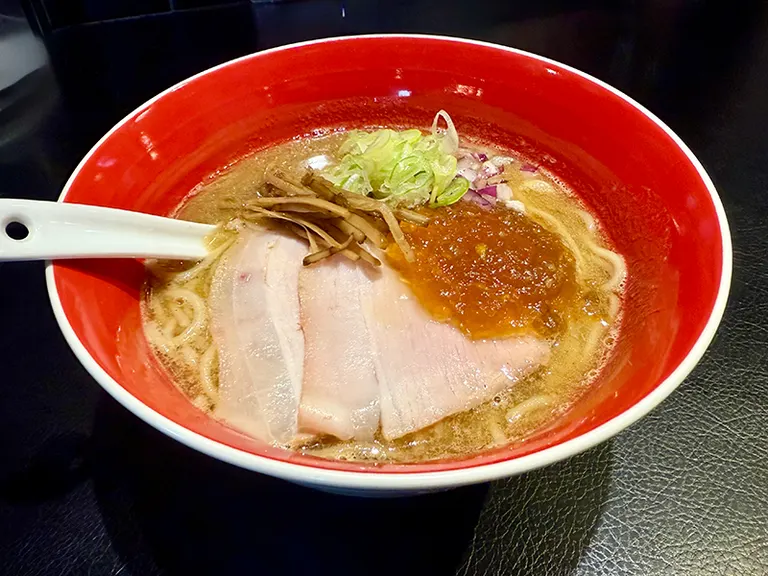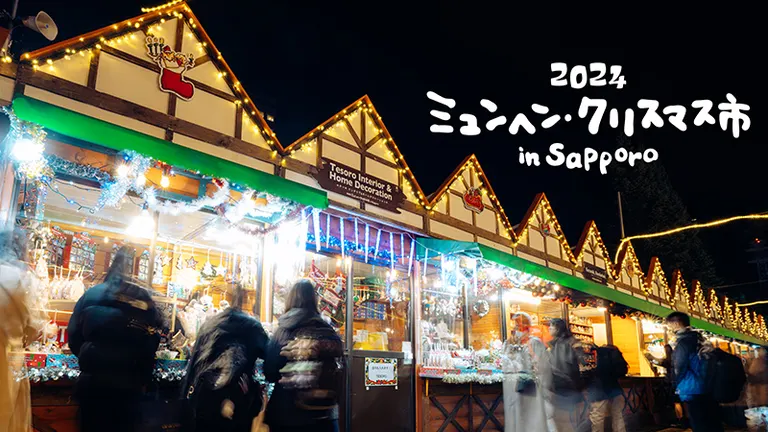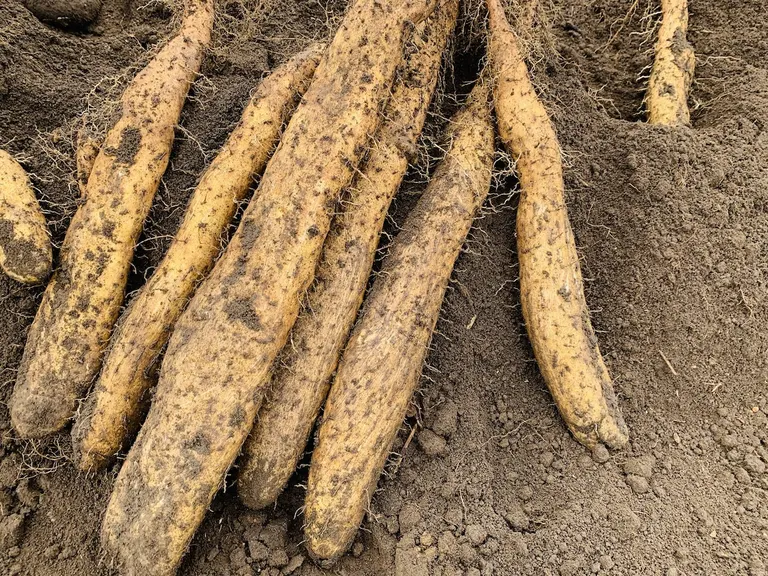
ARTICLES
Once you try it, you'll be hooked! Sweet and sticky "Nagaimo" produced in the Yubari soil
Nagaimo in Yubari?!
Many people may be surprised to ask, "Does Yubari City grow Chinese yams?" In fact, it seems that many farmers who grow the Yubari melon, a specialty of Yubari City, also grow this yam in addition to other crops! The Nagaimo produced in Yubari City is the original Nagaimo produced in Hokkaido. It is a rare item that is addictively delicious once you try it, but is not widely available on the market.
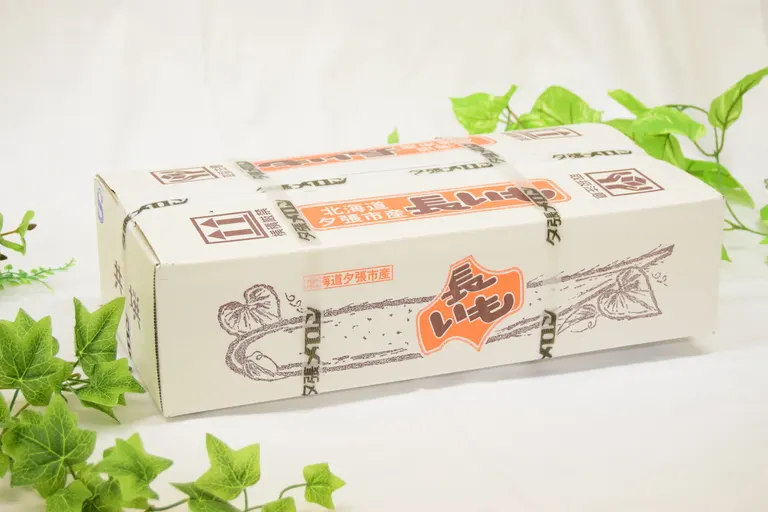
This giveaway campaign is a collaborative project between Yubari City and Domingo, and we will be giving away Nagaimo (Japanese yam), which has been grown in Yubari City for many years with a focus on flavor! In this article, we will introduce Nagaimo cultivation in Yubari City. The person we will be speaking to this time is Ota Kengo, a farmer who also appeared in the article about Yubari melons, and who grows Yubari melons, Chinese yams, and other crops.
■We also recommend this article! A sweet, soft and juicy treat that evokes summer! The process of making the handmade "Yubari Melon"
Characteristics of yam produced in Yubari City
The Nagaimo cultivated in Yubari are characterized by their sweetness and stickiness. Ota explains that it is the quality of Yubari's soil that creates this sweetness and stickiness. Most of the farmland in Yubari City is covered in Tarumae volcanic ash soil, which is fluffy and soft, making it ideal for Chinese yams to grow easily underground. The biggest feature of the soil in Yubari City is that there is a layer of clay soil underneath the volcanic ash soil. This hard, sticky clay soil is what allows the yams to grow with a firm texture and moderate hardness. "Because the yams grow in hard soil, they have a bumpy surface, but because they try to withstand the hard soil, they become firm and sweeter and more sticky. Rather than focusing on a good shape, we prioritize making sure people think they're delicious when they try it."
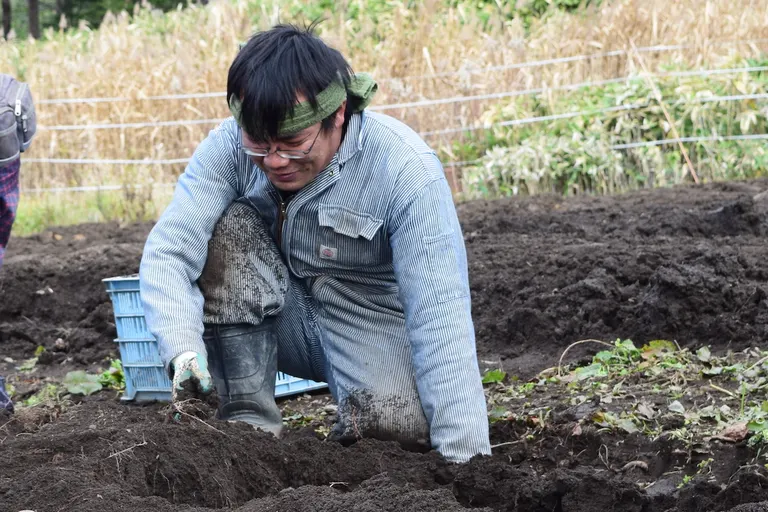
The editorial team at Domingo got their hands on some Nagaimo (Japanese yam) from Yubari City for the first time and found that it was extremely sticky when raw, and fluffy when cooked. It also had a strong sweetness no matter how it was eaten. It was a delicious and robust yam.
It's a very delicate job! Let's take a look at the yam harvesting process!
So, do you know how the Chinese yams that you normally see in supermarkets are harvested? "The yam harvest will be finished in mid-November, so if you want to come and see it, now is the time!" said Mr. Takahashi of JA Yubari City, so we rushed over to Yubari City to see the harvest in progress. First, they dig up the soil with heavy machinery, using delicate and graceful movements to avoid damaging the yams buried underground.
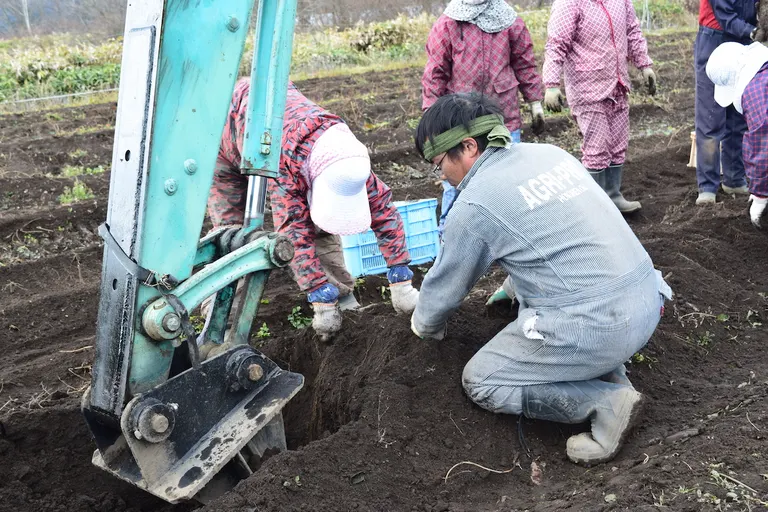
From the soil dug up by heavy machinery, the yams are picked by hand, being careful not to damage each one, and harvested. Because heavy machinery is used, it may seem like a bold job, but it is actually a very delicate job. From operating the heavy machinery to harvesting and sorting the produce and putting it into containers, they all worked together in incredible teamwork, and I was simply amazed by everyone's power and skill.
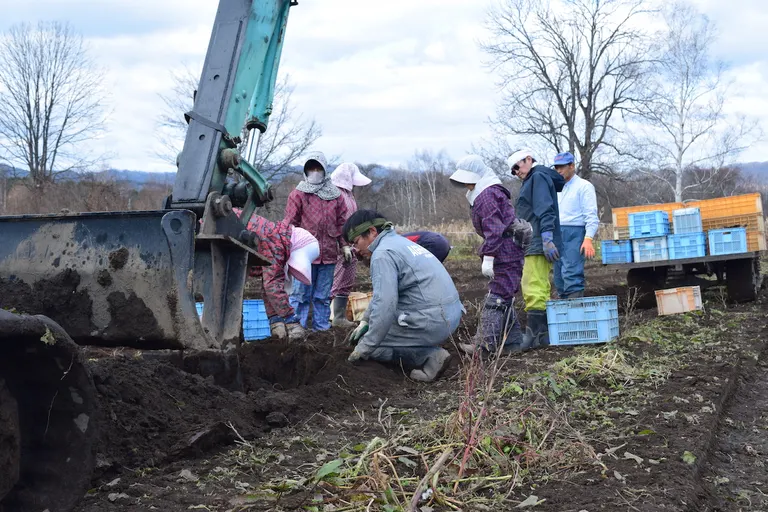
The Nagaimo harvested in this way is extremely rare and is only available at A-Coop in Yubari City or as gifts. To keep gift-giving yams fresh, they are individually wrapped in paper with the soil still on them, and then packed with rice husks, which help maintain appropriate humidity and temperature, before being stored and shipped.
■JA Yubari City Online Shop *We are no longer accepting orders for Chinese yams produced in 2021.
How is the long handle made?
So, how does yam grow in the fields and how are it harvested? Ota says, "Compared to growing melons, it's like playing," but there are many steps to growing Chinese yams, which are particular about flavor. Let's take a look at the steps!
■ Late March - Seed cutting and drying Cutting the "seed potatoes" that will become the seeds for the yam into a certain size. Around this time, the melon production has also started, so it's a busy time.
■Late April to mid-May - Germination and acclimatization Germination is the process of making the seed potatoes sprout. In order to grow healthy Chinese yams, Mr. Ota does not plant the seed potatoes in the field and make them sprout, but instead uses a method of first controlling the temperature to make them sprout. It takes 20 days. After that, the seedlings are gradually cooled down to the temperature of the field to allow them to get used to it. Just like people, plants can easily become ill from sudden changes in temperature.
■Mid-May to late May - Planting The task of planting the sprouted seed potatoes in the field is finally complete. In order for the potatoes to grow large and tasty, the field needs to be raised at least 1m deep.
■ Mid-June - Setting up the supports To ensure that the yams receive sunlight evenly, they have to erect supports. One support is erected for every four yams. Ota grows about 24,000 yams, so he erects about 6,000 supports.
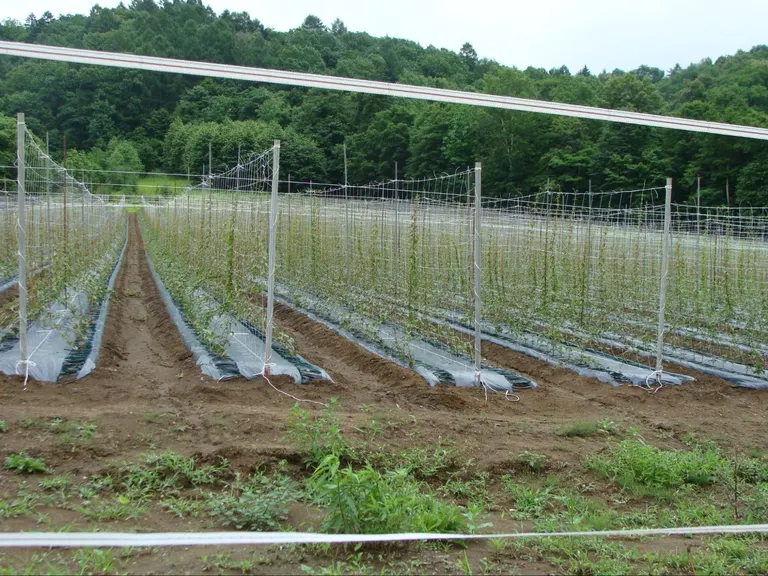
Ota says he is deeply moved by the sight of the long vines climbing up the supports they have set up and stretching ever upwards. "The Chinese yam is truly amazing. If you put up a support for it, it will wrap around the support on its own. It knows it can grow better than if it were crawling on the ground, and that's an incredible strength to have. I've always thought that as a farmer."
■ Mid-July and mid-August - Manual weeding The process of removing the grass growing near the yam is repeated twice. At this time, the yam underground is about 10cm in size.
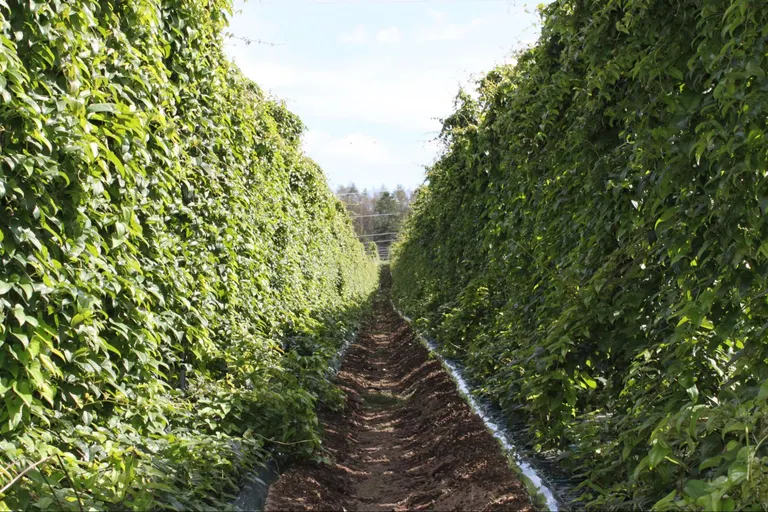
From this point on, the long part of the fruit starts to grow rapidly. It grows rapidly in the one month from mid-August to mid-September, reaching 60-70cm. In the following month, it grows another 10cm, improving in thickness and flavor.
■ Mid-October - Cutting vines and removing supports When the yams have fully grown in mid-October, the vines with yellow leaves are cut and the supports are removed in preparation for harvest.
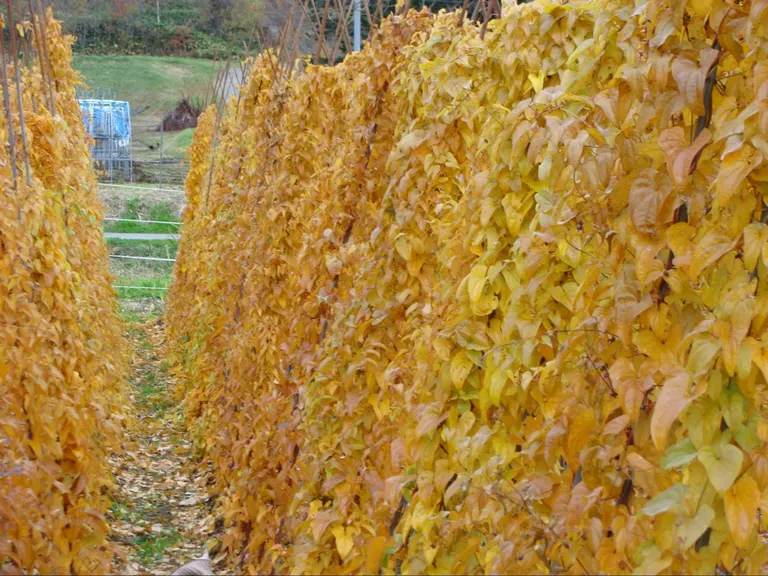
■Early November - Harvest After the vines are cut and the yam stops growing, it is left to mature in the fields for about 10 days before it is finally harvested! 100% of Yubari's yam is dug in the fall.
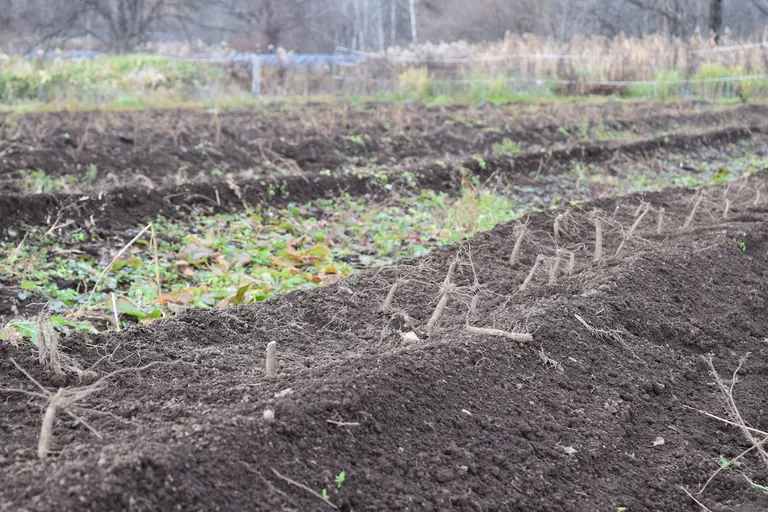
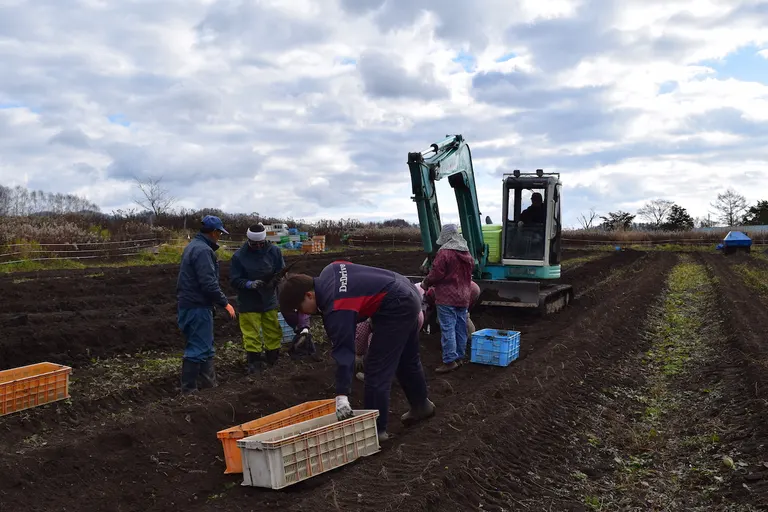
They only grow Chinese yams in between the work of growing Yubari melons. It seems like it's difficult to balance the two. It seems like it would be very hard work just to grow melons or Chinese yams, so I have nothing but respect for the farmers who manage to do both.
How to eat yam recommended by yam farmer Mr. Ota!
Mr. Ota, who grows Nagaimo with a particular focus on flavor, recommends eating it as "tororo" (grated yam)! "My favorite way to eat it is, of course, as tororo! I think it's the most well-known, but because it's so simple there's no need to add anything extra, so it's the best way to enjoy the sweetness and stickiness that are characteristic of Yubari yam. Of course, it's also delicious fried or grilled. This summer, there was little rainfall and many hot days throughout Hokkaido, but the yams are delicious again this year! Please give Yubari's Nagaimo a try!"

Some images provided by JA Yubari City
Recommended for those who read this article! ■ Bringing a breath of fresh air to the local Yubari area! Ono Farm's Motozawa-san makes safe and secure "Yubari Nagaimo Soba"







